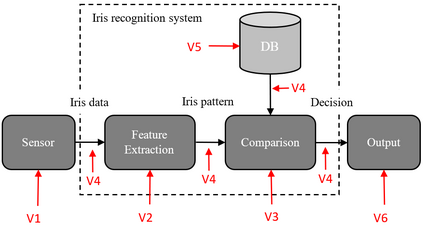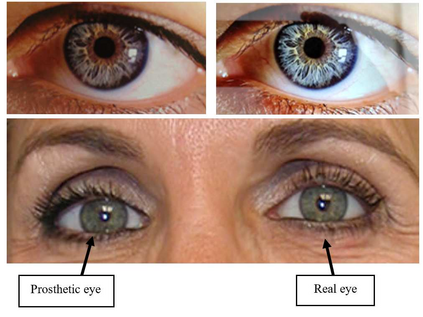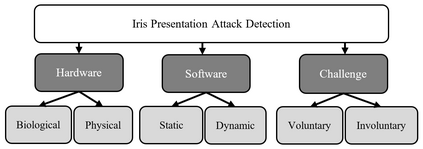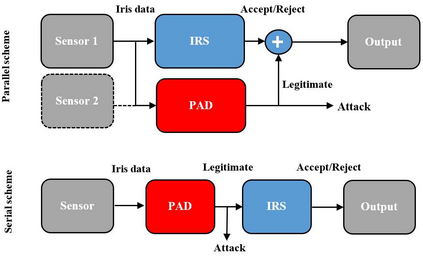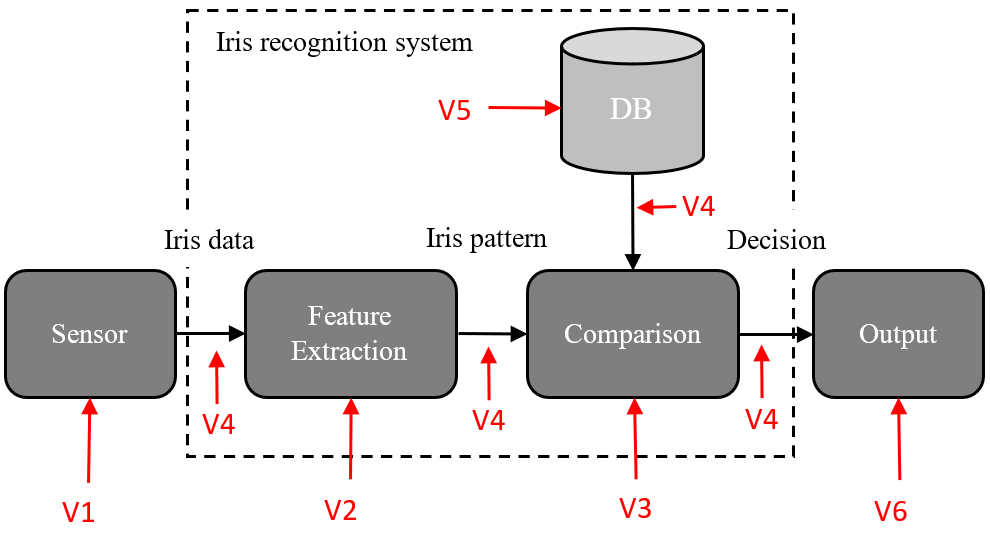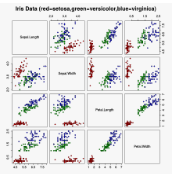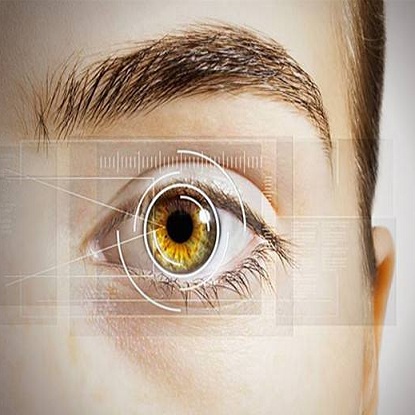Iris recognition technology has attracted an increasing interest in the last decades in which we have witnessed a migration from research laboratories to real world applications. The deployment of this technology raises questions about the main vulnerabilities and security threats related to these systems. Among these threats presentation attacks stand out as some of the most relevant and studied. Presentation attacks can be defined as presentation of human characteristics or artifacts directly to the capture device of a biometric system trying to interfere its normal operation. In the case of the iris, these attacks include the use of real irises as well as artifacts with different level of sophistication such as photographs or videos. This chapter introduces iris Presentation Attack Detection (PAD) methods that have been developed to reduce the risk posed by presentation attacks. First, we summarise the most popular types of attacks including the main challenges to address. Secondly, we present a taxonomy of Presentation Attack Detection methods as a brief introduction to this very active research area. Finally, we discuss the integration of these methods into Iris Recognition Systems according to the most important scenarios of practical application.
翻译:在过去几十年里,我们目睹了从研究实验室向现实世界应用的迁移,Iris认知技术吸引了越来越多的兴趣。这种技术的部署使人们对与这些系统有关的主要脆弱性和安全威胁提出了疑问。这些威胁展示攻击是一些最相关和研究最突出的。演示攻击可以定义为向生物鉴别系统捕获装置直接展示人类特征或人工制品,试图干扰其正常运行。在光学攻击中,这些攻击包括使用真实的岩浆以及像照片或录像这样复杂程度不同的文物。本章介绍了为减少演示攻击所造成风险而开发的iris演示攻击探测(PAD)方法。首先,我们总结了最受欢迎的攻击类型,包括要应对的主要挑战。第二,我们介绍了演示攻击探测方法的分类,作为这一非常活跃的研究领域的简短介绍。最后,我们讨论了将这些方法纳入Iris识别系统的问题,根据最重要的实际应用设想。

